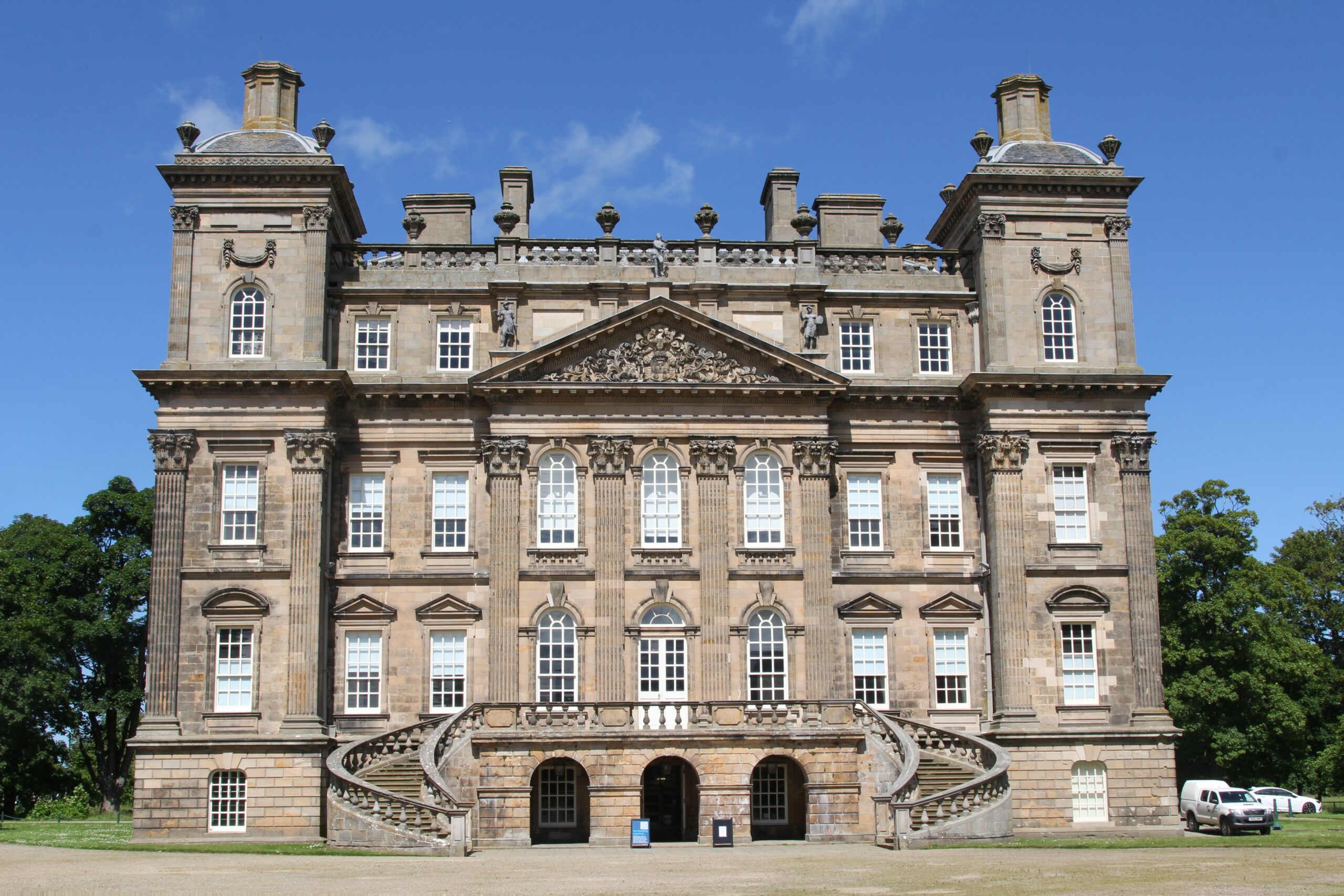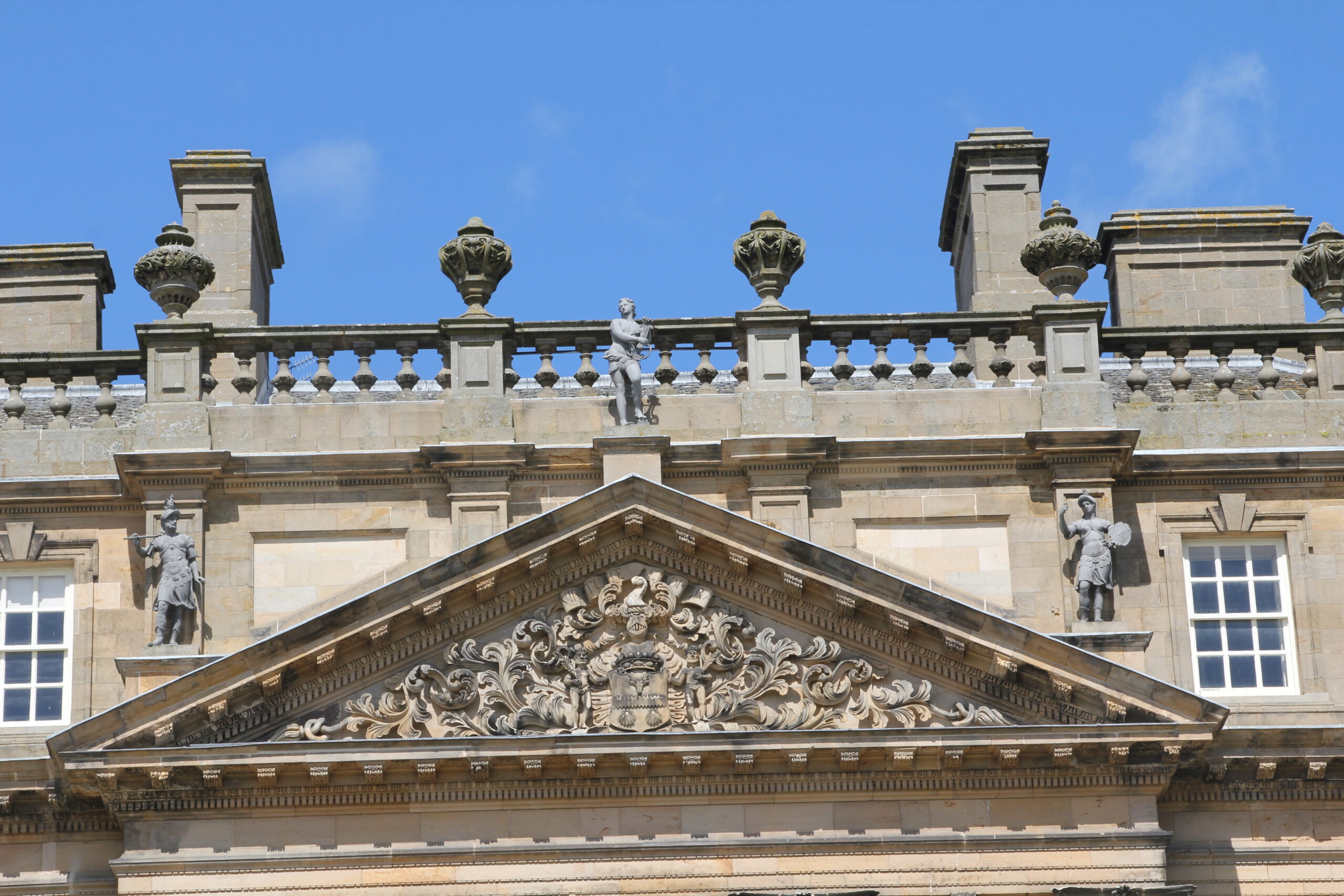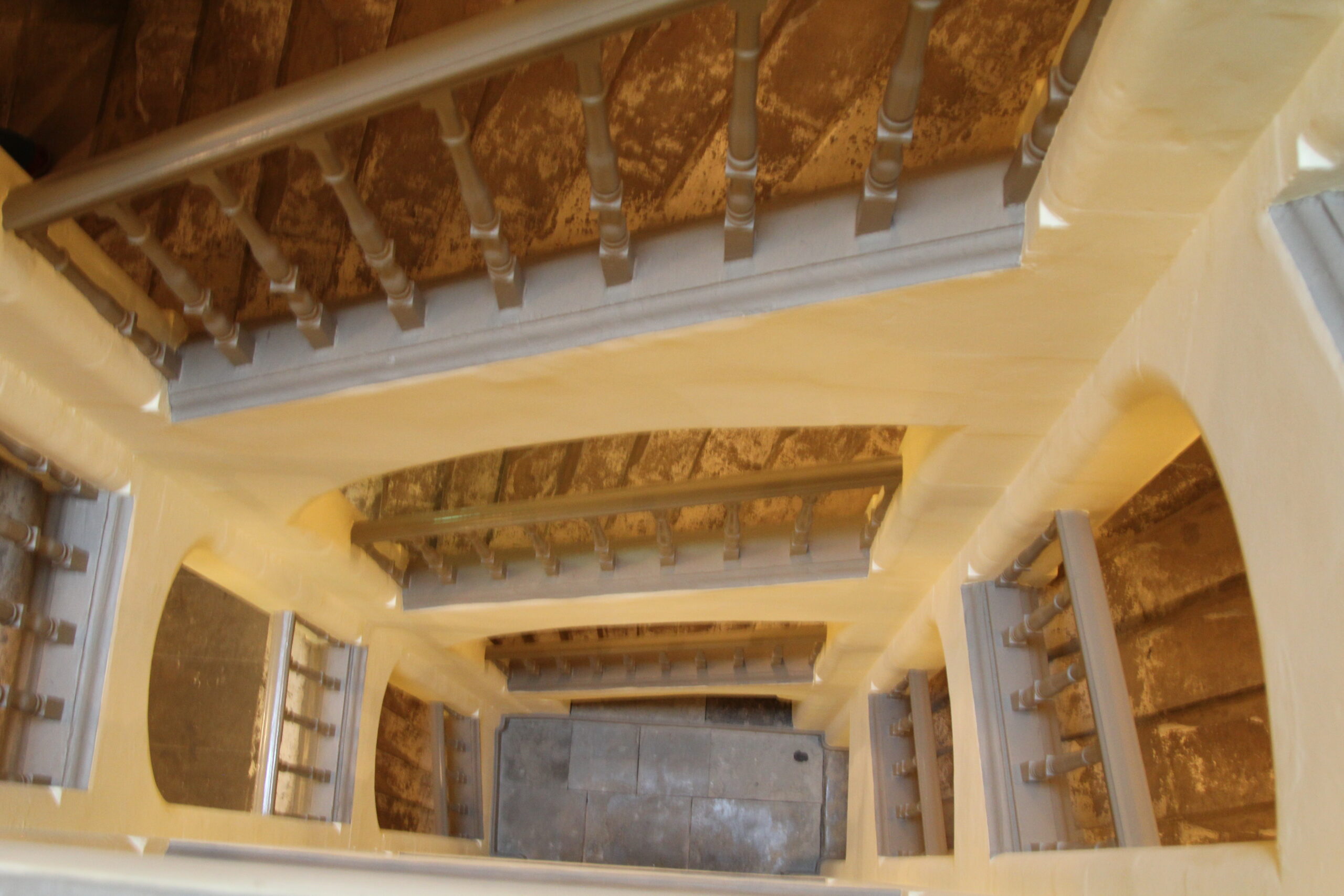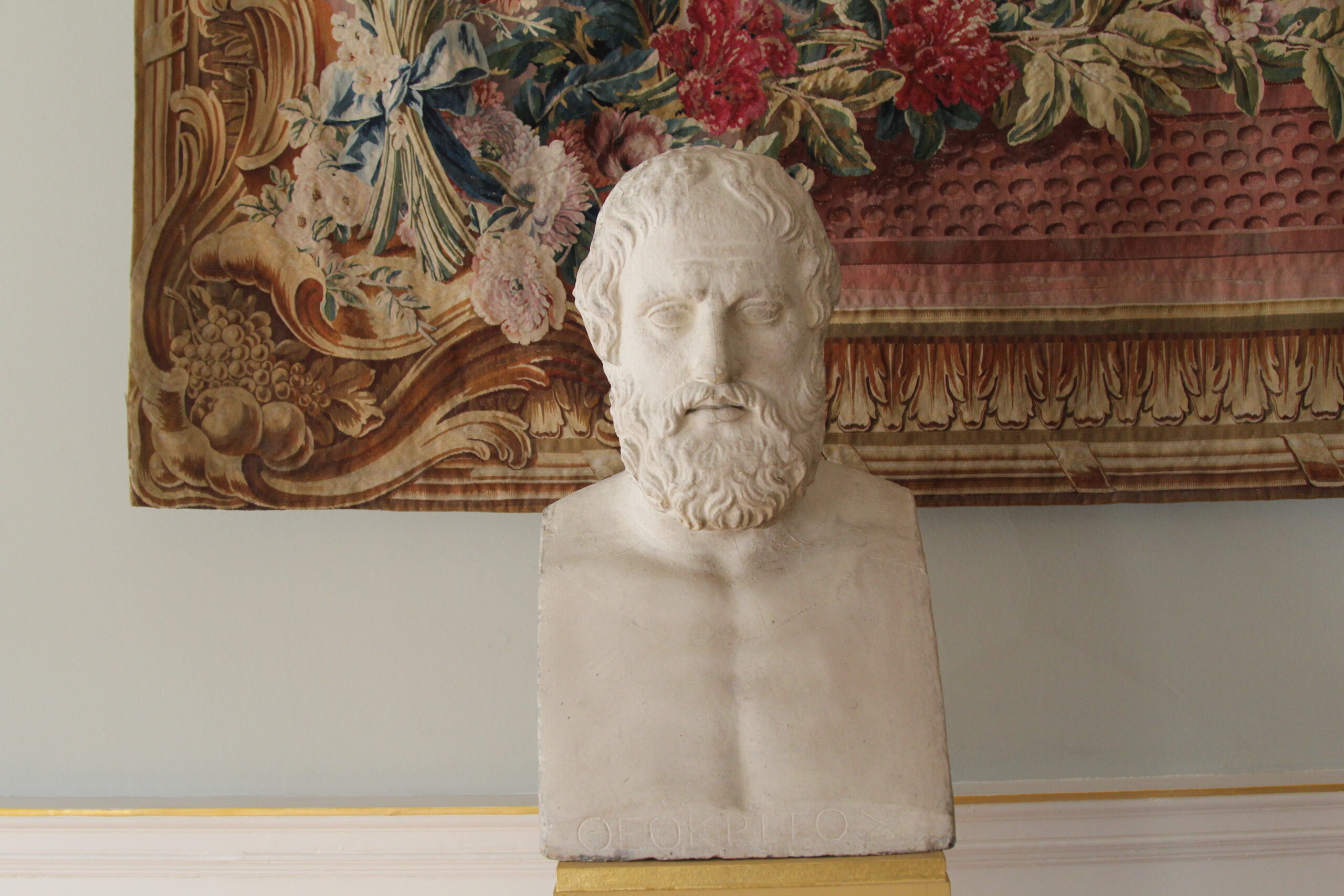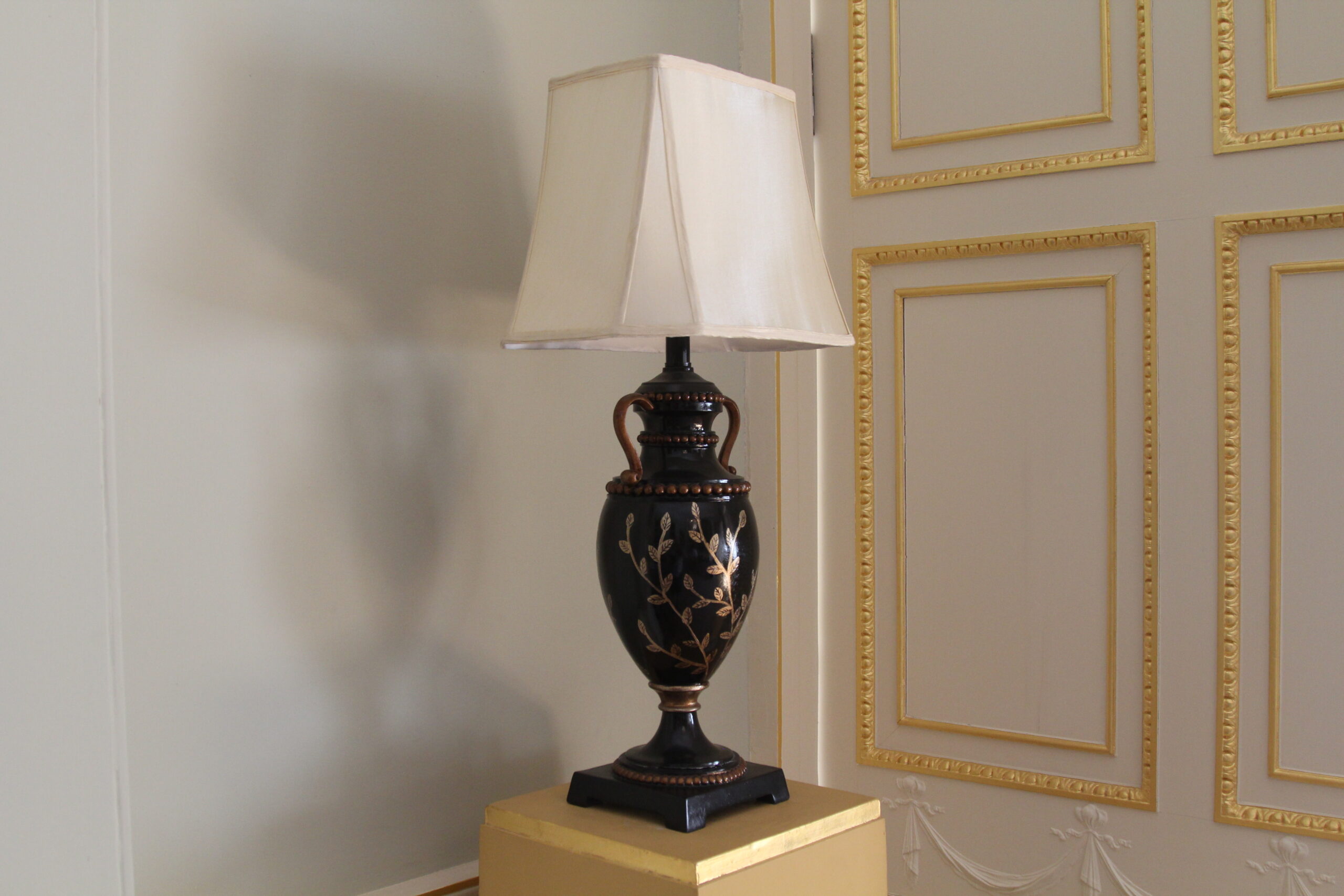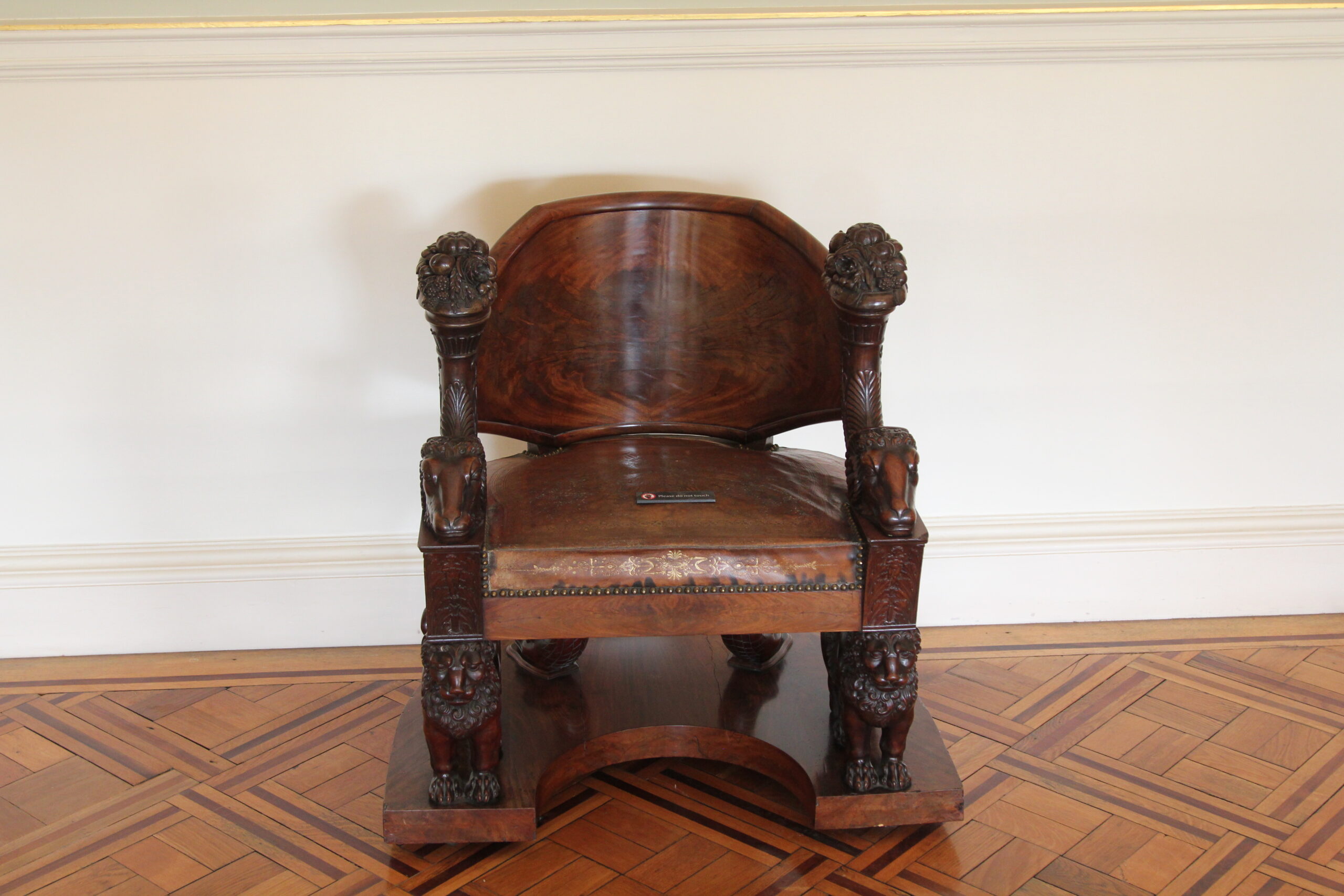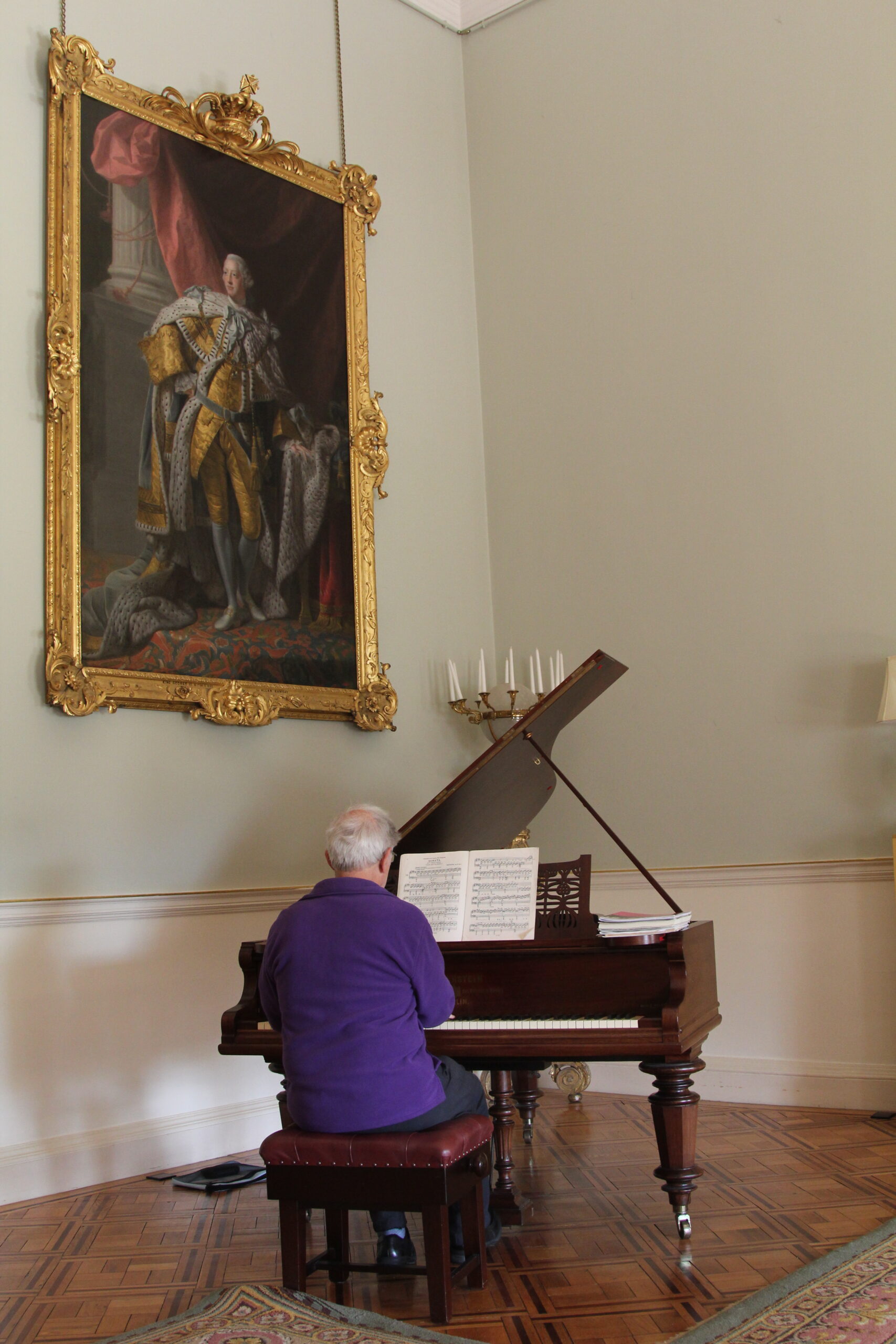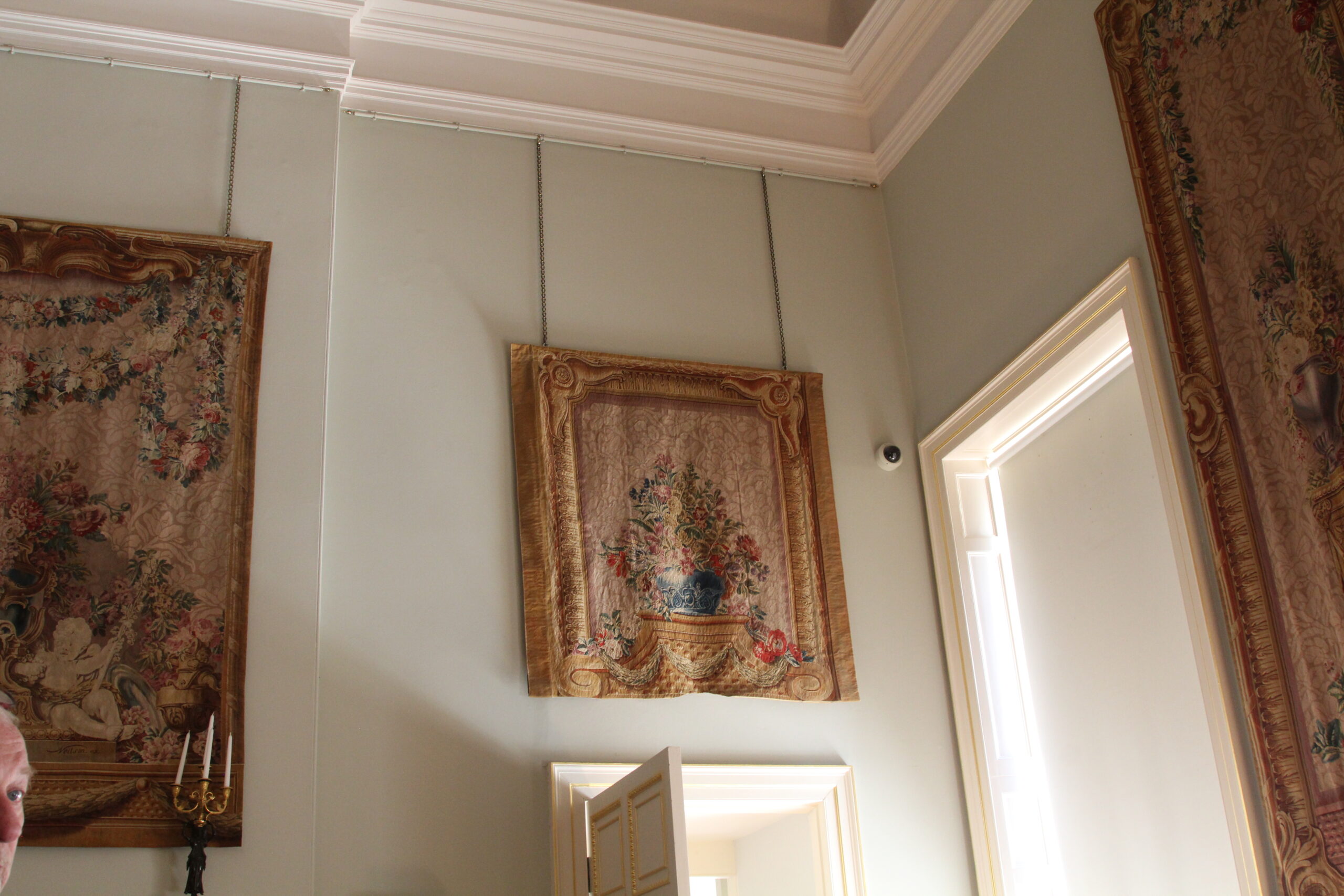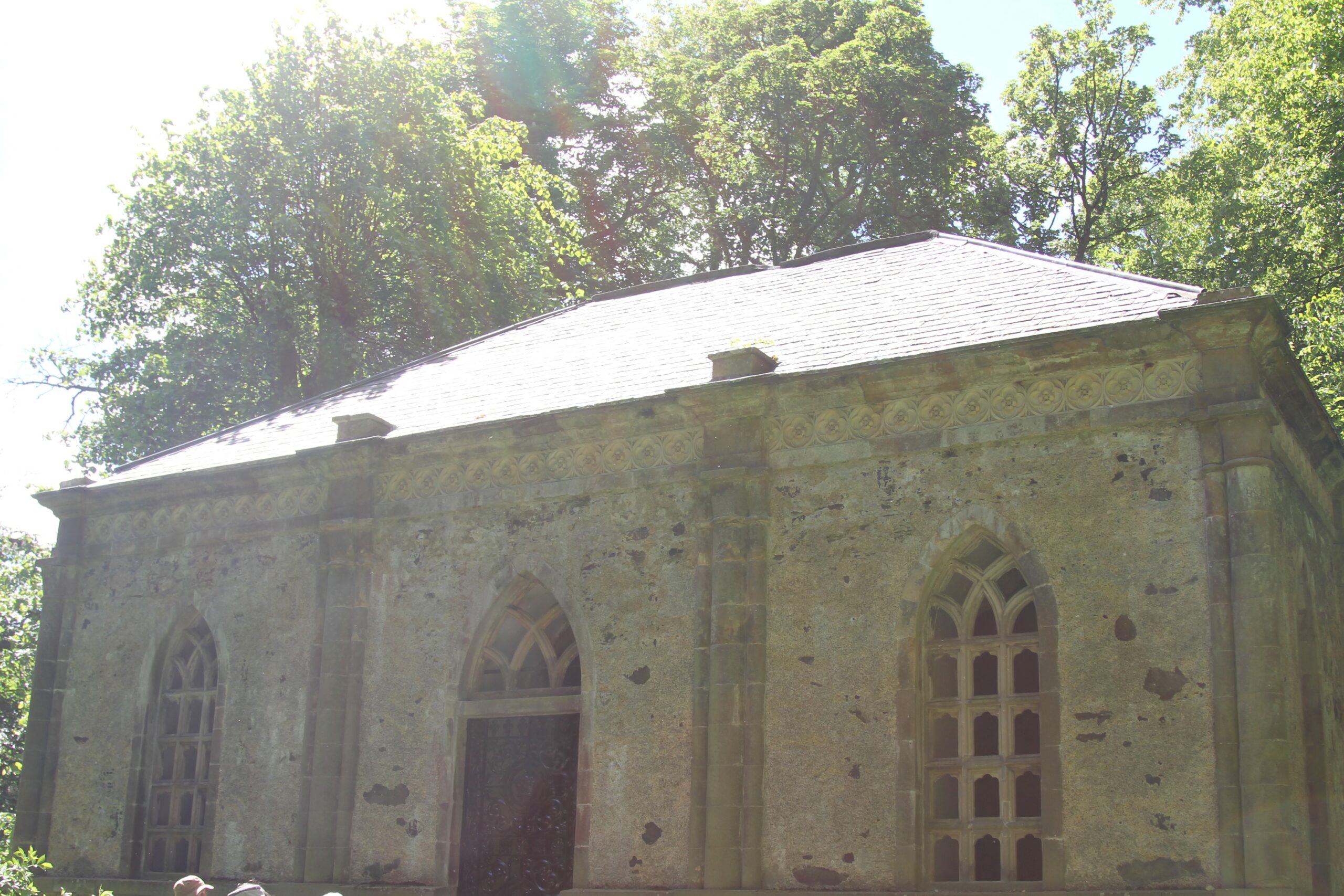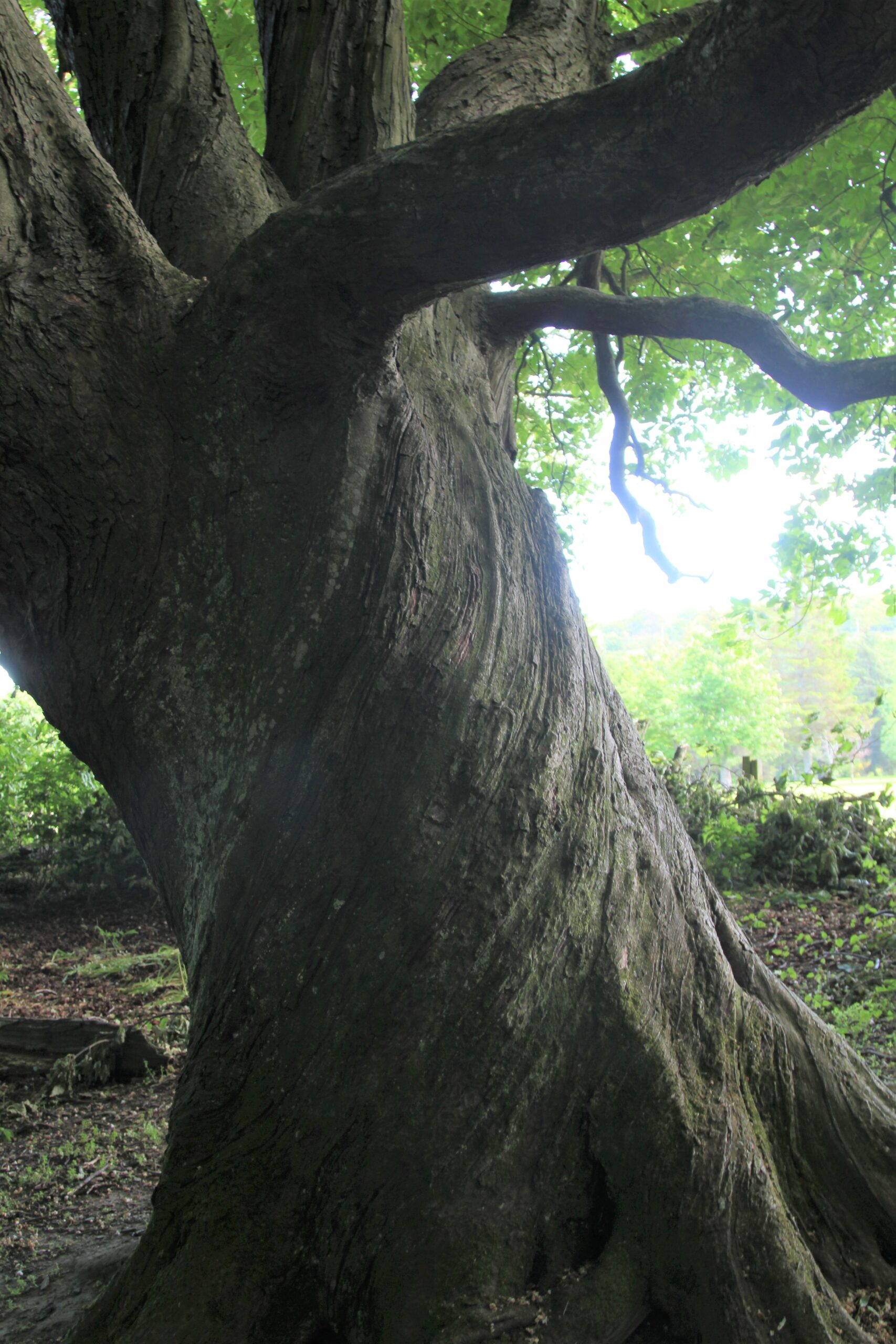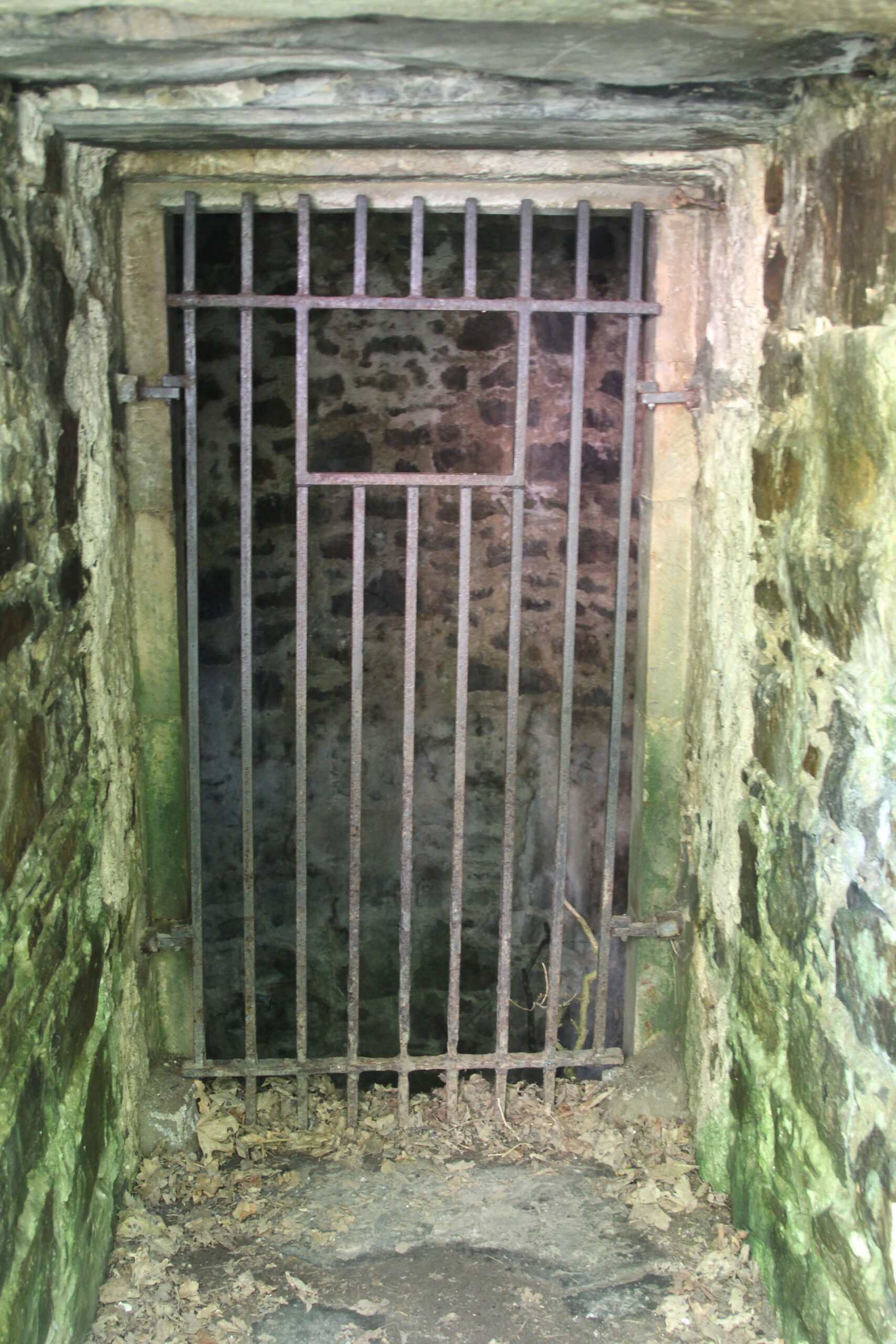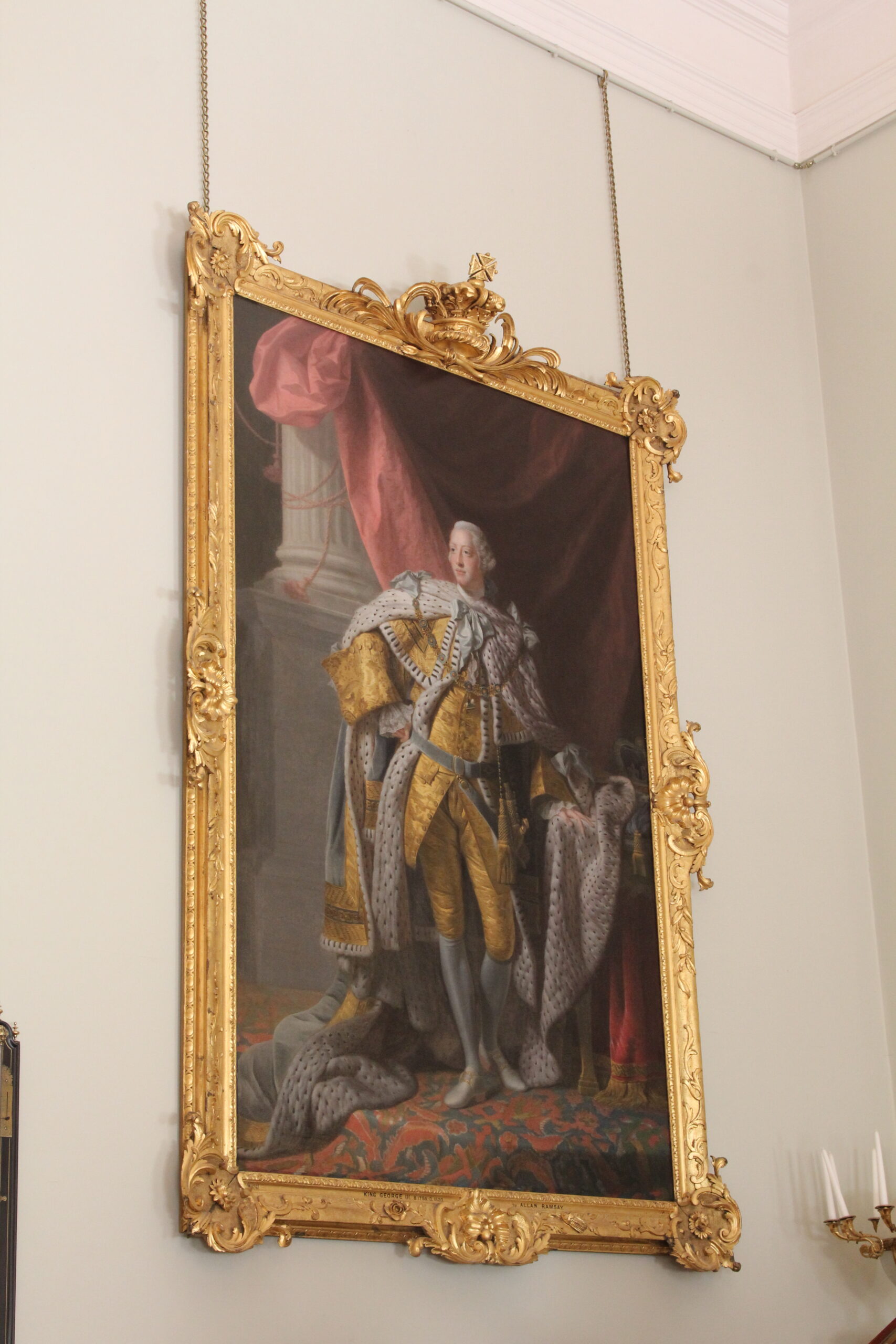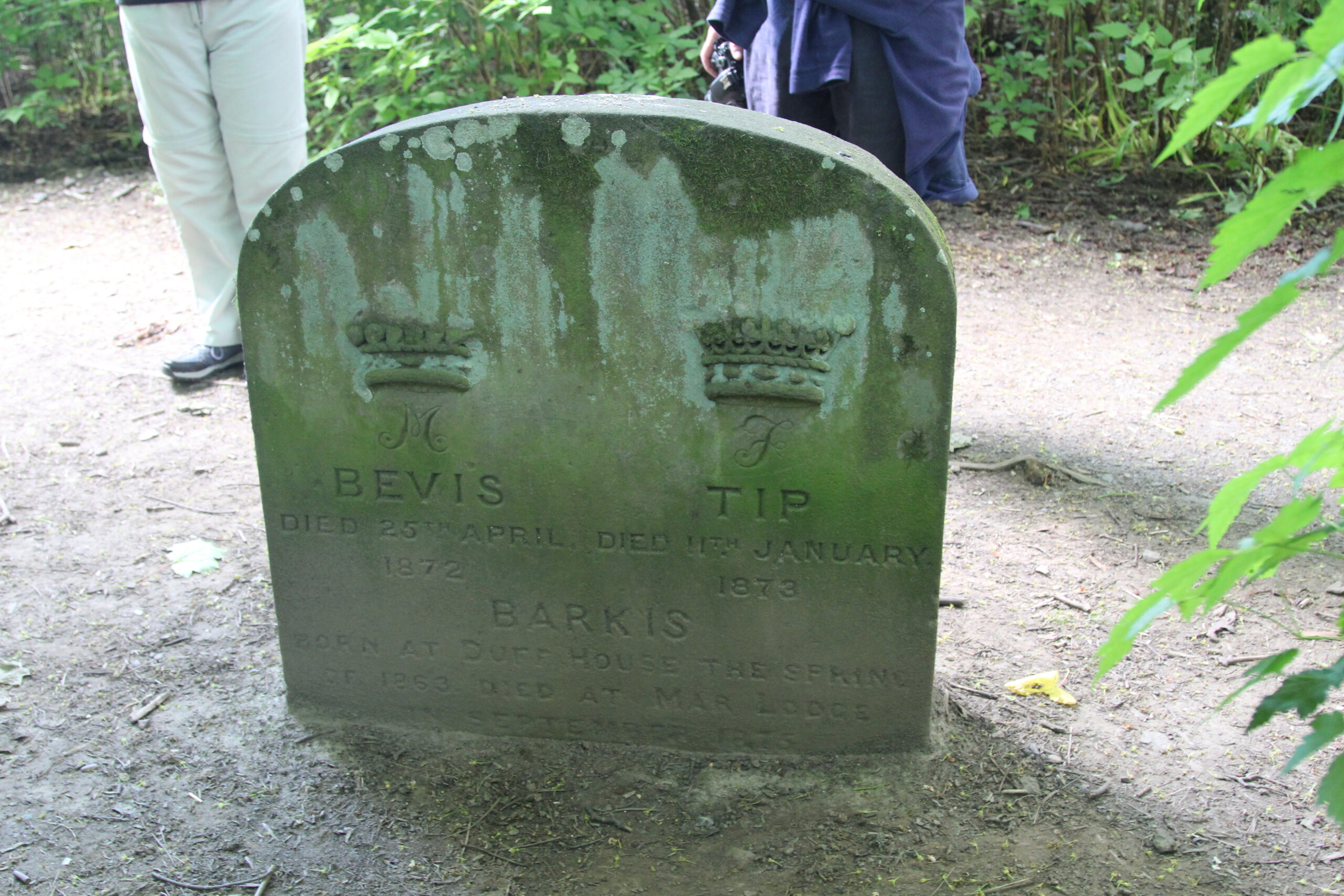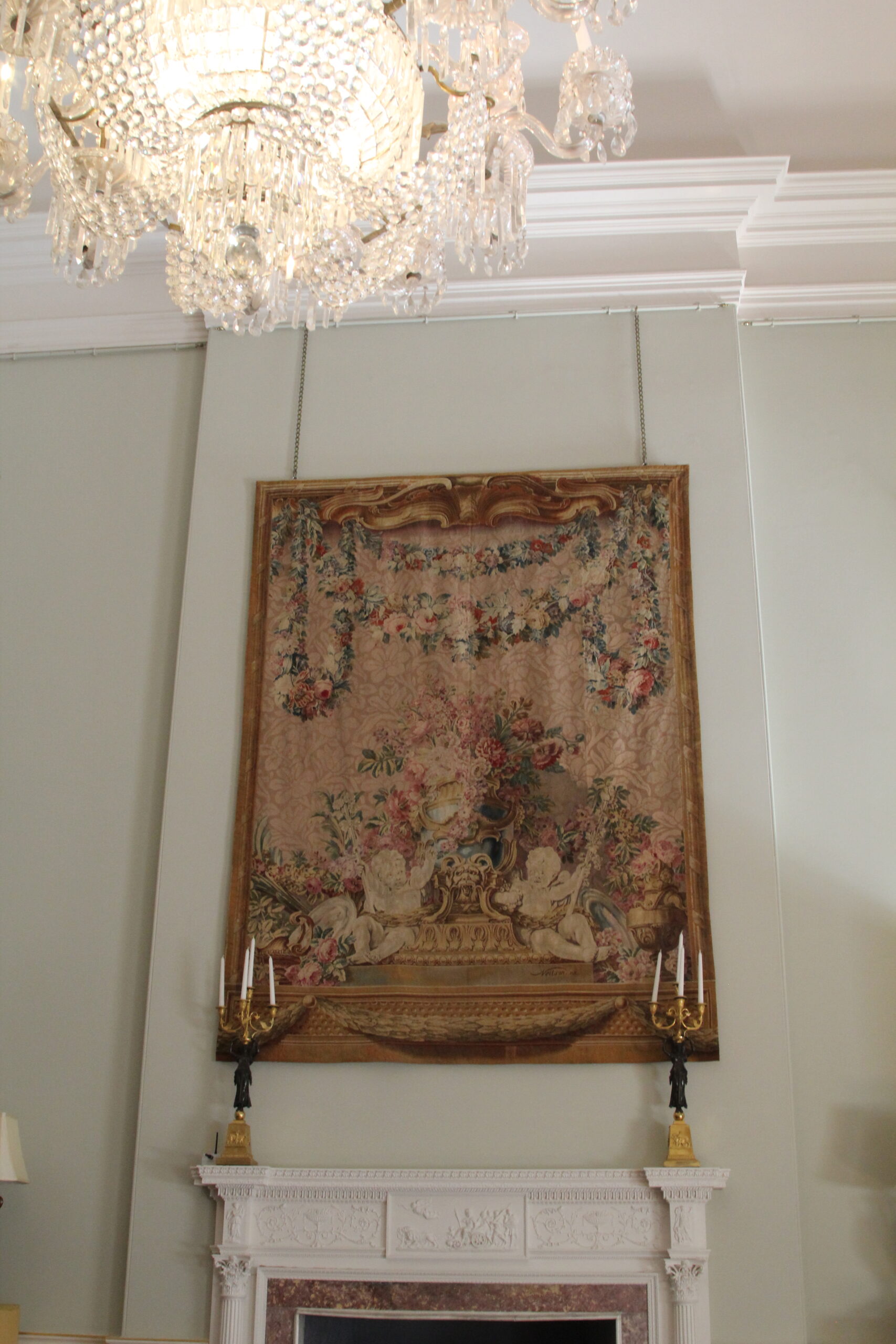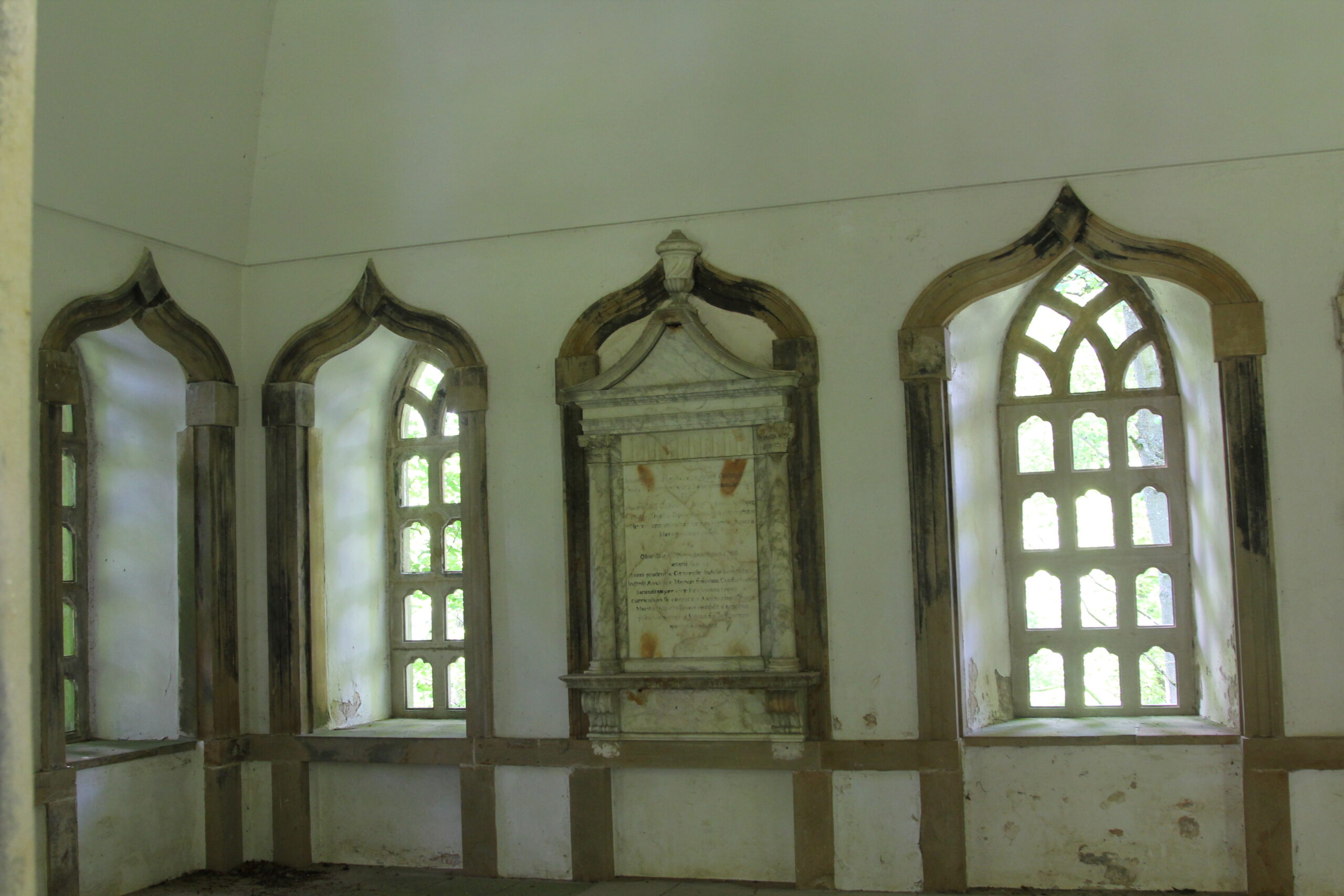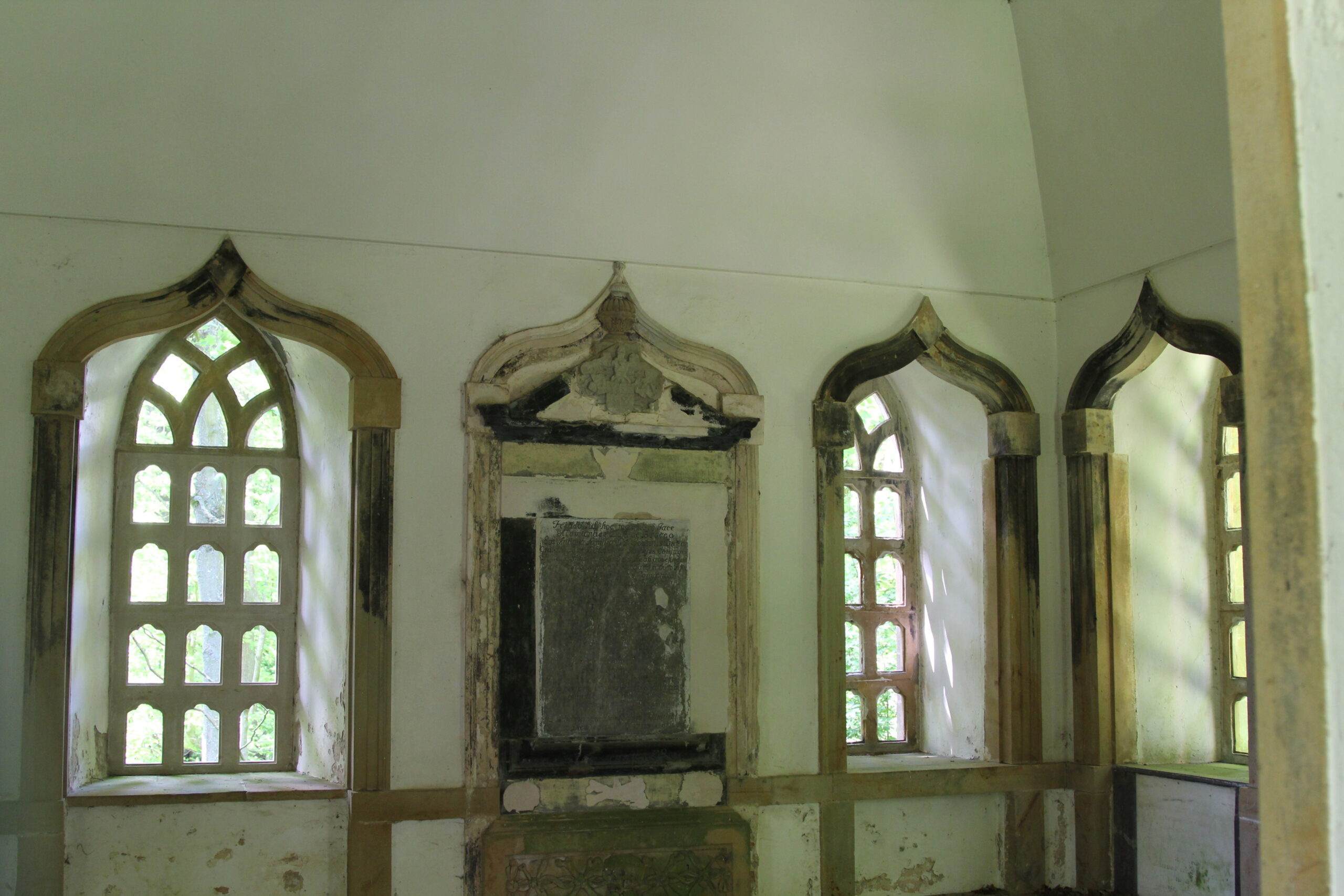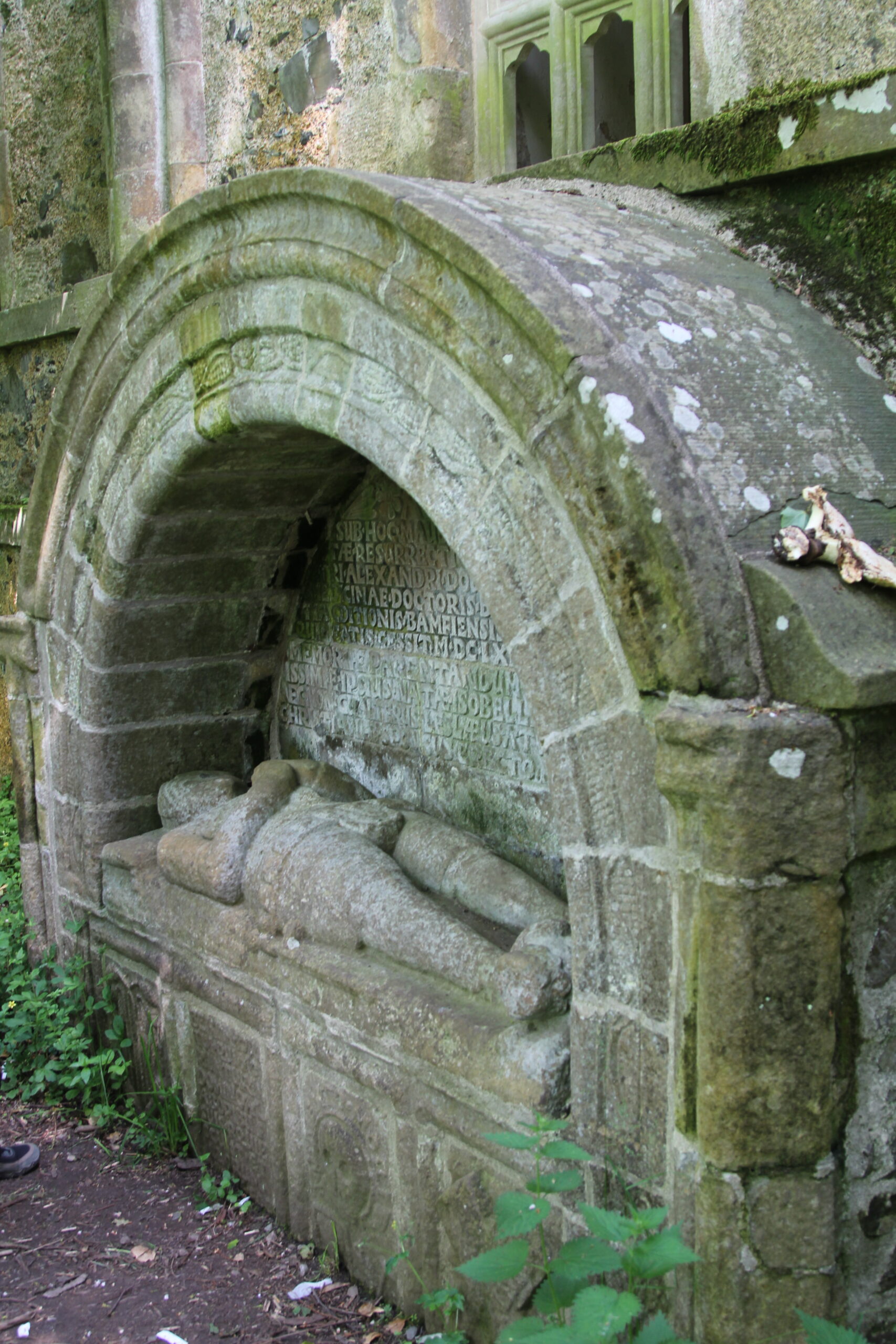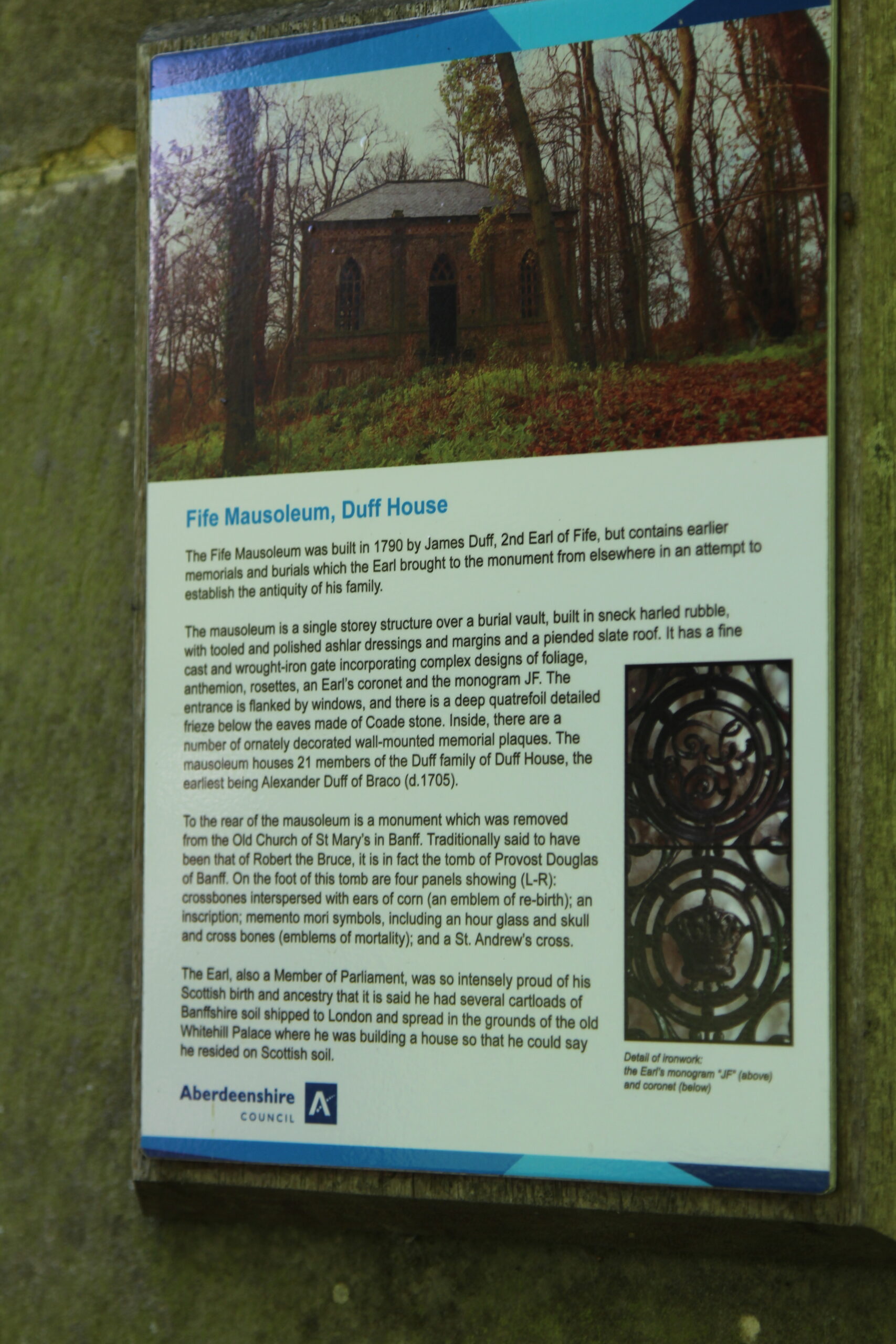Duff House and the Bridge of Alvah
Thursday, June 9th 2022
Eleven members enjoyed a morning tour of Duff House in Banff on Thursday 9th June. The tour began with a short introductory film about the history of the house and its owners, the Earls and Dukes of Fife. Duff House was built by the architect William Adam for William Duff, first Earl of Fife between 1735 and 1740, a square three storey house on a raised basement with imposing corner towers. However the relationship between architect and client was acrimonious and ended in a legal dispute; consequently the proposed wings of the house were never completed.
The first Earl never lived in the house, but his successors did and featured prominently in the political life of the North east of Scotland. The sixth earl married Queen Victoria’s granddaughter in 1889 and was created the first Duke of Fife. The family left the house in 1903 and in 1906 bequeathed it to the Burghs of Banff and Macduff. Thereafter it became a hotel and a sanatorium and was closed in 1928. During World War II it was used as an internment camp, a prisoner of war camp, and from 1942 was used by Norwegian and Polish free forces. In 1956 it passed into the care of the state, and after long years of neglect, it was finally opened to the public under the joint management of HES and the National Galleries of Scotland.
Graeme Curran, manager at Duff House, then took us on a very interesting and informative tour of the house, parts of which, including the grand staircase and the third floor are still closed, for redecoration. Graeme is extremely knowledgeable about the history of the house and its contents, especially the very fine paintings from the NGS collection. These include an El Greco painting of St Jerome (the patron saint of tour guides) and fine portraits by Allan Ramsay, Henry Raeburn and Thomas Gainsborough. When the house was acquired by HES it was empty, but it has been carefully furnished with items acquired from other houses. The provenance of some items was surprising – the glassware on the dining table came from the Spotty Bag Shop in Banff, and the plinths in the second floor music room from TKMaxx in Elgin! Duff House also has a gallery for visiting exhibitions and features paintings on short loan from NGS, currently Richard Dadd’s unsettling portrait of Andrew Morison, consultant psychiatrist at the Bethlem Hospital and The Pergola by Sir John Lavery.
Duff House is open Thursday to Sunday for morning tours at 9.30 and 11.15am, and open visiting from 2pm to 5pm. Further information on the HES website or by phoning 01261 818181.
After a picnic lunch, we walked through the grounds to the Ice House. Built about 1790 by Banff stonemason James Robertson, this was the refrigerator for Duff House. Stone built, turf covered, half buried and situated conveniently close to the Deveron for transporting ice in the winter. Half a mile further on we came to the Mausoleum, also dating from 1790 and constructed by James, 2nd Earl of Fife. It houses the remains of 21 members of the Duff family, the earliest being Alexander Duff of Braco who died in 1705 and whose remains were moved from Grange churchyard, along with the first earl and his wife in 1793. It has a fine cast and wrought iron gate and a frieze made of Coade stone below the eaves.
At this point the group split up. Six people decided to walk another mile to the Bridge of Alvah, constructed in 1772 for the Earl of Fife, on a spectacular site above the Deveron, where the river forces its way through a rocky gorge 27 feet wide. The crown of the arch is 55 feet above river level. The other five members of the group walked back to Duff House through the woods, with the Royal Golf Club on the right and past the grave of three of the family dogs. Back at the house this group enjoyed a short piano recital (Beethoven and Greig) by local pianist Alan Nairn. The afternoon ended with coffee and cakes at Boyndie Visitor Centre.
